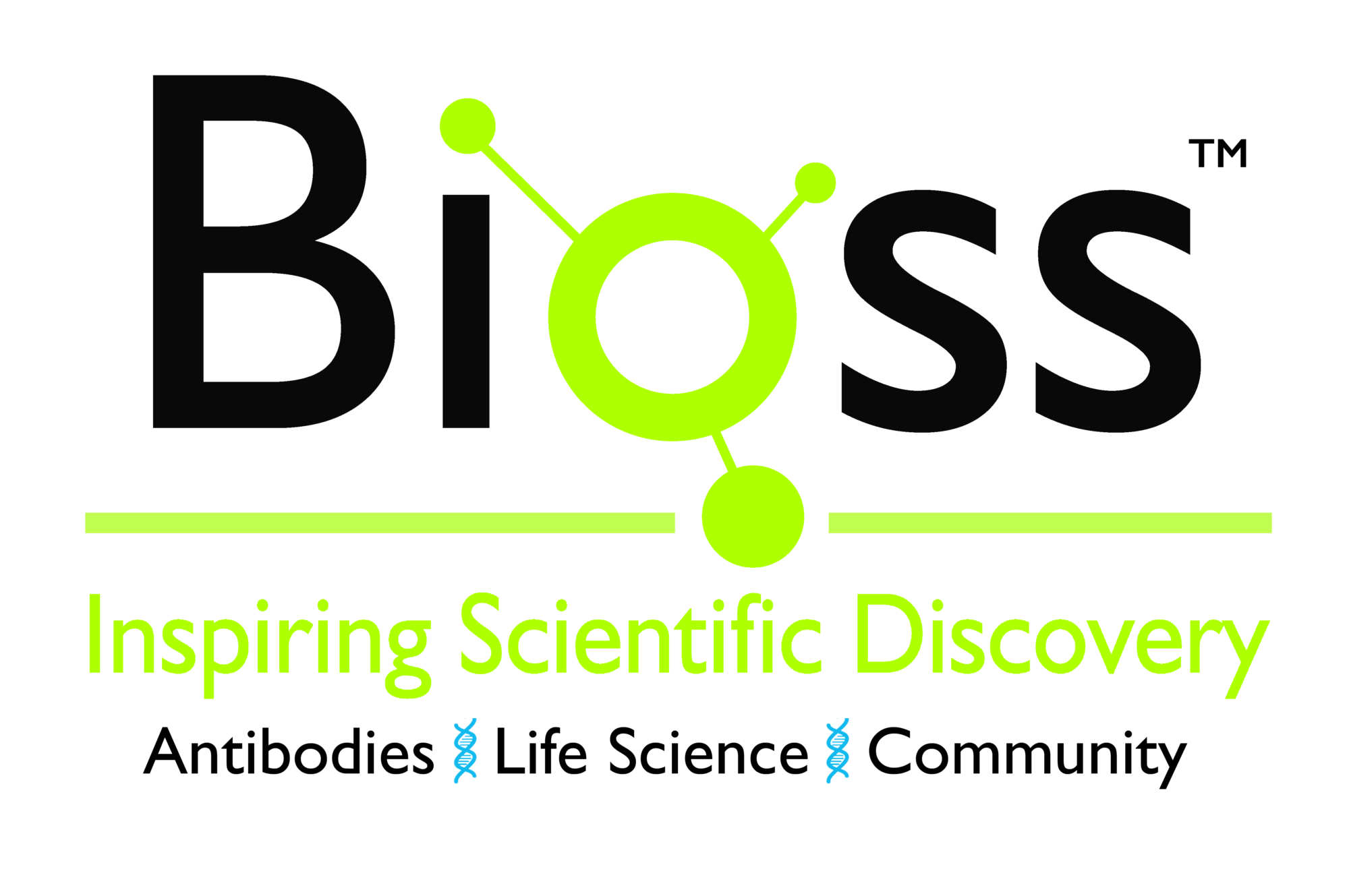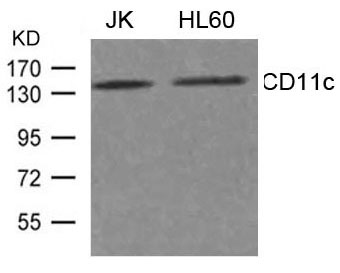CD11c antibody [BU15] (PerCP-Cy5.5)
GTX00599-11
ApplicationsFlow Cytometry
Product group Antibodies
ReactivityHuman, Monkey
TargetITGAX
Overview
- SupplierGeneTex
- Product NameCD11c antibody [BU15] (PerCP-Cy5.5)
- Delivery Days Customer9
- Application Supplier NoteFACS: 4 microl reagent / 100 microl of whole blood or 106 cells in a suspension. *Optimal dilutions/concentrations should be determined by the researcher.Not tested in other applications.
- ApplicationsFlow Cytometry
- CertificationResearch Use Only
- ClonalityMonoclonal
- Clone IDBU15
- ConjugateDouble Conjugated
- Gene ID3687
- Target nameITGAX
- Target descriptionintegrin subunit alpha X
- Target synonymsCD11C, SLEB6, integrin alpha-X, CD11 antigen-like family member C, complement component 3 receptor 4 subunit, integrin alpha X, integrin, alpha X (antigen CD11C (p150), alpha polypeptide), integrin, alpha X (complement component 3 receptor 4 subunit), leu M5, alpha subunit, leukocyte adhesion glycoprotein p150,95 alpha chain, leukocyte adhesion receptor p150,95, leukocyte surface antigen p150,95, alpha subunit, myeloid membrane antigen, alpha subunit, p150 95 integrin alpha chain
- HostMouse
- IsotypeIgG1
- Protein IDP20702
- Protein NameIntegrin alpha-X
- Scientific DescriptionThis gene encodes the integrin alpha X chain protein. Integrins are heterodimeric integral membrane proteins composed of an alpha chain and a beta chain. This protein combines with the beta 2 chain (ITGB2) to form a leukocyte-specific integrin referred to as inactivated-C3b (iC3b) receptor 4 (CR4). The alpha X beta 2 complex seems to overlap the properties of the alpha M beta 2 integrin in the adherence of neutrophils and monocytes to stimulated endothelium cells, and in the phagocytosis of complement coated particles. Two transcript variants encoding different isoforms have been found for this gene. [provided by RefSeq, Nov 2013]
- ReactivityHuman, Monkey
- Storage Instruction2°C to 8°C
- UNSPSC12352203
References
- Chao PZ, Hsieh MS, Cheng CW, et al. Dendritic cells respond to nasopharygeal carcinoma cells through annexin A2-recognizing DC-SIGN. Oncotarget. 2015,6(1):159-70.Read this paper





